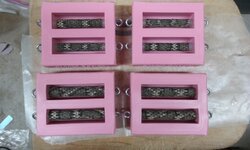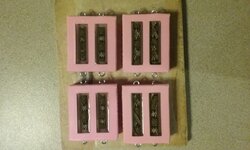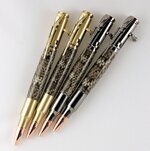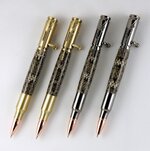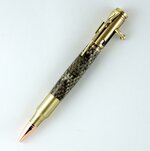Rolandranch
Member
I have gotten into casting my own blanks. Right now, I'm focusing mainly on abalone and rattlesnake blanks. Here are a few of the pens that I've come up with:
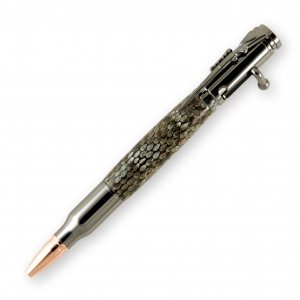
View in Gallery
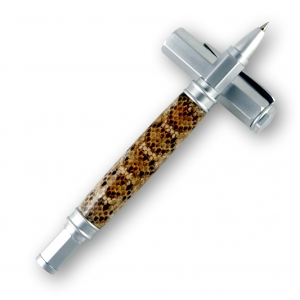
View in Gallery
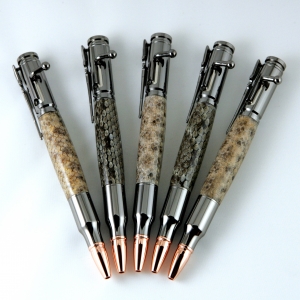
View in Gallery
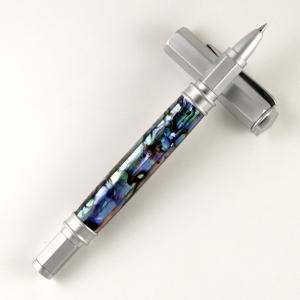
View in Gallery
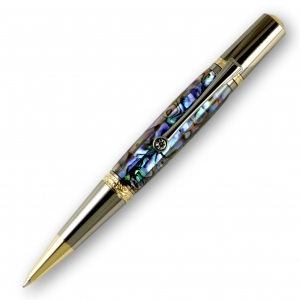
View in Gallery
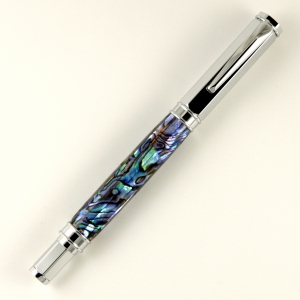
View in Gallery
Let me know what you think of them and how I can improve them!

View in Gallery

View in Gallery

View in Gallery

View in Gallery

View in Gallery

View in Gallery
Let me know what you think of them and how I can improve them!

